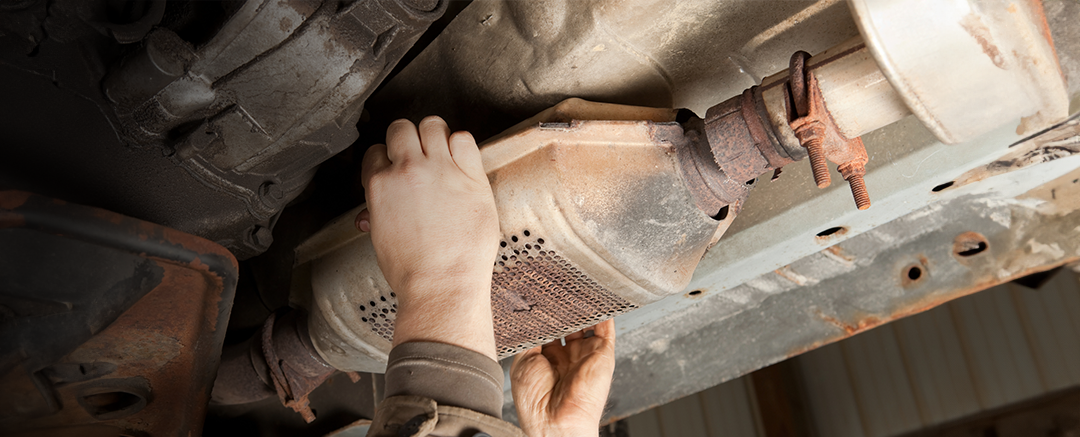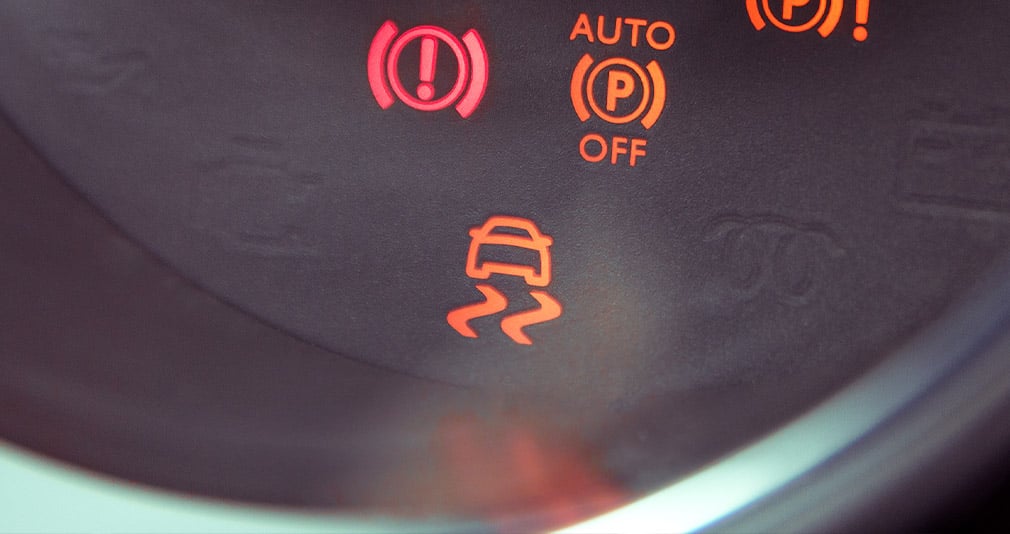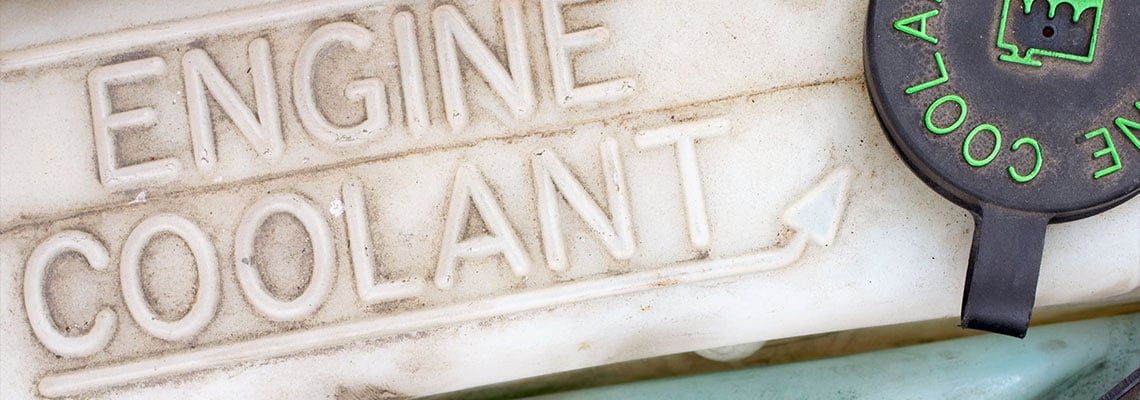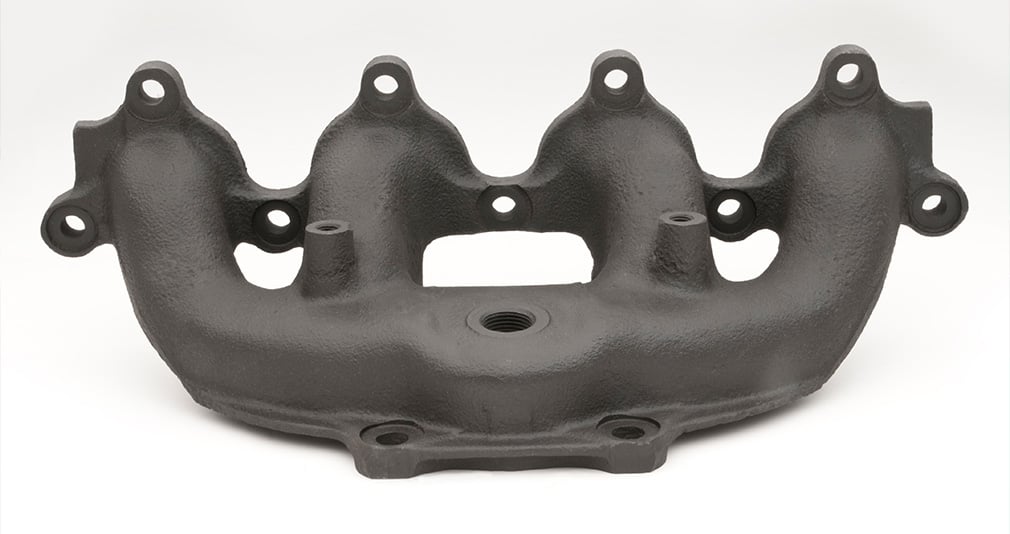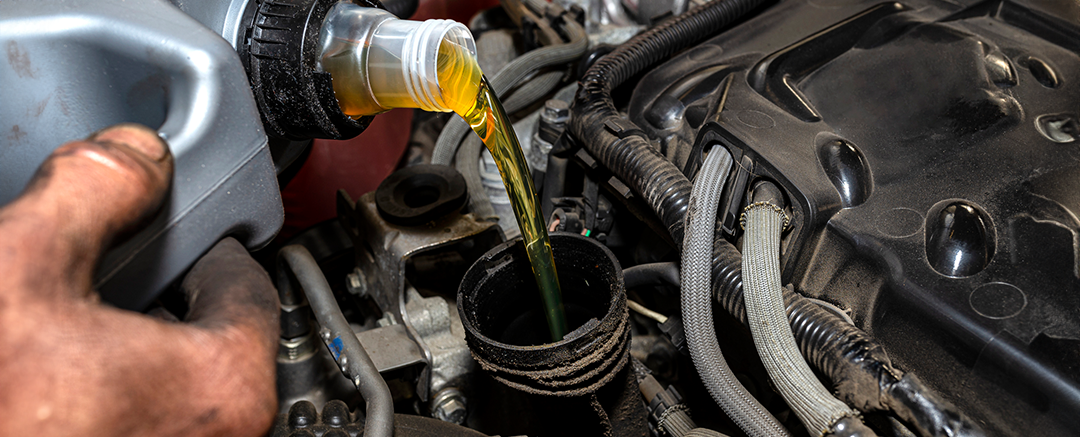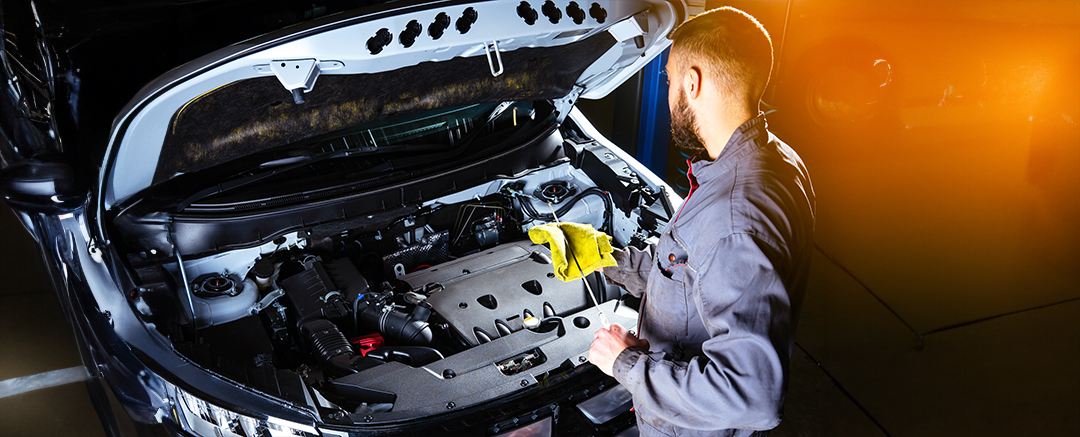Your car’s catalytic converter is the part of the exhaust system responsible for trapping and cleaning toxic gases from the engine and converting them to less harmful emissions. Without a catalytic converter, your car would spit out fumes that are harmful to both the environment and human health. All cars made after 1975 and sold in Ohio must have a catalytic converter to meet EPA emission standards.
In this blog post, we’ll take a closer look at the catalytic converter, including:
- What’s inside the catalytic converter?
- Causes of catalytic converter failure.
- Signs of a failing catalytic converter.
- How to handle repair or replacement.
What Is a Catalytic Converter?
The catalytic converter is located within the exhaust system on the underside of your vehicle. It is an oval-shaped metal box with pipes coming out of both sides and is typically situated toward the front of the car between the exhaust manifold and the resonator.
The primary job of a catalytic converter is to convert the toxic gases and pollutants coming out of the engine into less harmful emissions, which will eventually be released through the tailpipe. The side of the catalytic converter that is attached to the engine takes in harmful gases.
When the gases come in contact with the catalyst, a chemical reaction turns hydrocarbons or volatile organic compounds into carbon dioxide and water vapor, nitrogen oxides into nitrogen and oxygen, and carbon monoxide into carbon dioxide. These less harmful gases are then released through the tailpipe.
What’s Inside a Catalytic Converter?
- Casing. A metal box with pipes on either side that houses and protects the internal components.
- Ceramic honeycomb structure. This provides a large surface area for the catalytic reactions to take place by allowing exhaust gases to pass through its numerous tiny channels.
- Heat shield. The protective layer that insulates and protects inside components.
- Precious metals. Platinum, palladium and rhodium act as catalysts that facilitate oxidation and reduction reactions, converting harmful gases like carbon monoxide (CO), hydrocarbons (HC) and nitrogen oxides (NOx) into less harmful substances.
Top Causes of Catalytic Converter Failure
The catalytic converter requires the right mix of exhaust gases at just the right temperature to work properly. Anything that changes the mixture or temperature can cause the converter to work less efficiently, leading to immediate failure or damage that could eventually lead to total failure.
Engine misfires. An engine misfire is a failure of the fuel to ignite properly in the combustion chamber caused by faulty spark plugs, a malfunctioning ignition system or issues with the fuel mixture. Engine misfires can cause unburned fuel to enter the exhaust system, which can lead to overheating and melting inside the catalytic converter.
Road damage. Because the catalytic converter is placed on the underside of the vehicle, it can be exposed to physical damage from potholes, off-roading or rough driving. This can lead to cracks in the casing or damage to the honeycomb structure inside.
Heat damage. If the internal structure of the catalytic converter gets too hot — due to fuel system problems, exhaust system leaks or engine misfires — the catalyst can melt, leading to failure.
Age. With proper care and maintenance, a catalytic converter can last up to 10 years or 100,000 miles. If you have an older vehicle or you’ve put a lot of miles on your car, it may be time for a replacement.
Signs of a Failing Catalytic Converter
Learn to spot the symptoms signs of a failing catalytic converter.
- Check engine light. If your car’s air-fuel ratio sensor and oxygen sensor notice a problem, it will trigger the check engine icon to light up on your dashboard. You may not be able to tell immediately why the light has come on, but your mechanic can scan the vehicle to pinpoint the issue.
- Rattling sounds. If your catalytic converter has been damaged or knocked loose, you may hear a rattling sound under your car. A rattle inside the catalytic converter could mean the mesh inside has deteriorated.
- Performance issues. Reduced power, slower acceleration and poor fuel economy may be early warning signs of a failing catalytic converter.
- Sulfur smell. One of the gases the catalytic converter processes is hydrogen sulfide. If it fails to do its job, it may leave unburnt fuel in the exhaust that smells similar to rotten eggs.
- Failed emissions test. The state of Ohio requires cars registered in qualified counties to pass an emissions test every two years, but if it has a faulty catalytic converter, that will show up during the diagnostic test.
How to Preventative Catalytic Converter Damage
Regular oil changes and preventive maintenance visits ensure your car is running smoothly and safely and allow your trusted technician to catch any signs of trouble before they become major issues.
It’s also important to use the proper fuel and additives for your vehicle. That doesn’t mean you should only fill up with premium. Consult with your manual or your mechanic to determine the most efficient burning fuel for you.
Finally, if you do spot leaks or notice any of the signs we’ve laid out above, make an appointment right away. Catching damage early is the best way to prevent a catastrophic failure.
A Note About Catalytic Converter Theft
Catalytic converters contain precious metals, including platinum, palladium and rhodium. These metals allow for the chemical reaction that converts harmful gases to less harmful ones. They’re also valuable and can be sold at a higher rate than other car parts made from more common metals like steel and aluminum. Additionally, the catalytic converter’s external placement makes it a prime target for would-be thieves.
Legislation recently passed by the Ohio House of Representatives would make it illegal to sell catalytic converters without proof of ownership. The bill is currently with the Ohio State Senate.
Trust the Exhaust Experts to Repair or Replace Your Catalytic Converter
Regardless of the cause or degree of your catalytic converter failure, it’s important to have it repaired or replaced right away. Trust the exhaust experts at your nearest Rainbow Muffler and Brake to handle the catalytic converter repair and get you back on the road safely.

